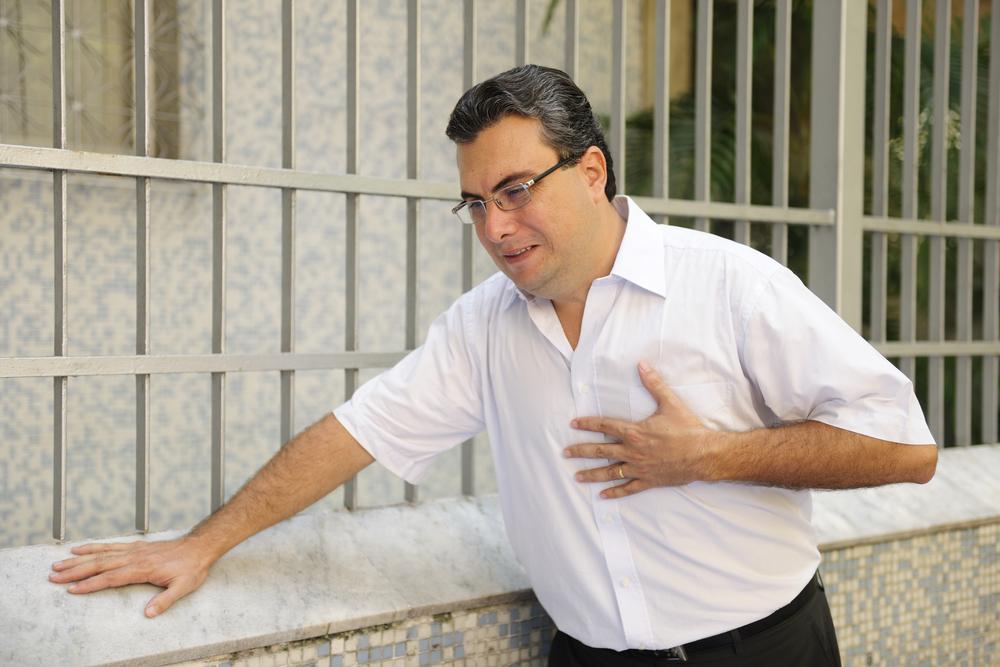Preventing Stroke: Key Strategies and Early Warning Signs
This article explores effective strategies for stroke prevention, highlighting early warning signs like facial drooping, speech issues, and arm weakness. It emphasizes managing risk factors such as high blood pressure and cholesterol through healthy habits, monitoring, and quick response to symptoms. Recognizing signs early and adopting lifestyle changes can greatly reduce stroke risk and enhance recovery chances for survivors.

Effective Approaches to Reduce Stroke Risk and Detect Early Symptoms
Awareness of early warning signs is vital for stroke prevention. Indicators such as facial drooping, speech difficulties, and weakness in one arm can signal an impending stroke. Prompt recognition and immediate medical response can save lives. A stroke, or cerebrovascular accident, happens when blood flow to the brain is interrupted, causing brain cell damage. Knowing the risk factors and recognizing early symptoms are fundamental in preventing stroke and minimizing brain injury.
High blood pressure and high cholesterol are the primary contributors to stroke risk. Here’s what influences these conditions:
High Blood Pressure
Hypertension is diagnosed when blood pressure readings exceed 140/90 mm Hg, becoming critical above 180/120 mm Hg. Elevated blood pressure damages blood vessels in the brain and heightens the chance of stroke and cardiac issues. Factors like excess weight, lack of exercise, stress, smoking, and high salt consumption significantly contribute to hypertension. Genetics may also play a role. Maintaining a balanced diet and active lifestyle helps manage blood pressure and reduces stroke risk. Regular monitoring is especially important for individuals with a family history.
Another major risk factor is high cholesterol, which can lead to narrowing of arteries. Contributing elements include unhealthy eating habits, obesity, smoking, and diabetes, often co-occurring with hypertension. Making healthier dietary choices and staying physically active can effectively lower cholesterol levels and decrease stroke probability.
Early awareness of these risk factors is crucial. Recognizing stroke signs swiftly allows for quicker intervention. The FAST method offers a simple way to identify potential strokes:
F – Face drooping
A – Arm weakness
S – Speech difficulty
T – Time to seek emergency help
If any symptoms are observed, immediate medical attention is essential. Additional signs include sudden muscle stiffness, involuntary eye movements, memory issues, behavioral changes, intense headaches, and general weakness. Early treatment and lifestyle adjustments are key to stroke recovery and prevention.
Post-stroke, adopting healthier habits such as nutritious diets and regular exercise is vital to prevent recurrence and support overall well-being. Such lifestyle changes can greatly improve life quality for stroke survivors.


